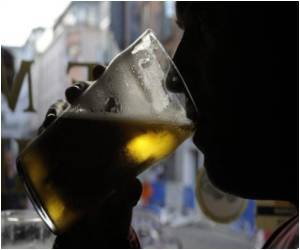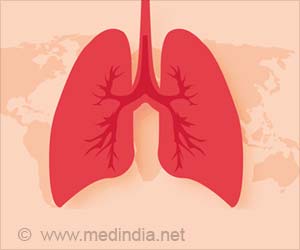Lung regeneration - an advance to treat millions of people suffering from respiratory disorders could soon be a reality.

Specifically, the regenerative signals originate from the specialized endothelial cells that line the interior of blood vessels in the lung.
While it has long been known that mice can regenerate and expand the capacity of one lung if the other is missing, this study now identifies molecular triggers behind this process, and the researchers believe these findings are relevant to humans.
"Several adult human organs have the potential upon injury to regenerate to a degree, and while we can readily monitor the pathways involved in the regeneration of liver and bone marrow, it is much more cumbersome to study the regeneration of other adult organs, such as the lung and heart," said the study's lead investigator Dr. Shahin Rafii.
"It is speculated, but not proven, that humans have the potential to regenerate their lung alveoli until they can't anymore, due to smoking, cancer, or other extensive chronic damage.
"Our hope is to take these findings into the clinic and see if we can induce lung regeneration in patients who need it, such as those with chronic obstructive pulmonary disease (COPD)," added Dr. Rafii, who is the Arthur B. Belfer Professor of Genetic Medicine and co-director of the Ansary Stem Cell Institute at Weill Cornell Medical College.
Advertisement
Source-ANI











